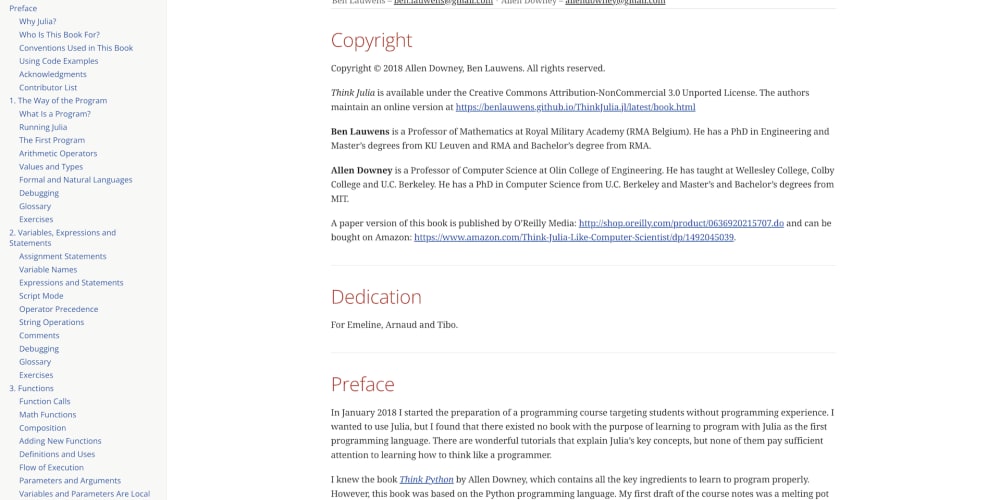This is a Plain English Papers summary of a research paper called Improving Diffusion Models for Inverse Problems using Manifold Constraints. If you like these kinds of analysis, you should subscribe to the AImodels.fyi newsletter or follow me on Twitter.
Overview
- Diffusion models have been used to solve various inverse problems in an unsupervised manner, but current solvers often produce suboptimal results.
- The paper proposes an additional correction term inspired by the manifold constraint to improve the performance of diffusion-based solvers.
- The proposed method is shown to be superior to previous methods both theoretically and empirically, with promising results in applications like image inpainting, colorization, and sparse-view computed tomography.
Plain English Explanation
Diffusion models are a type of machine learning technique that can be used to solve complex problems in an unsupervised way. In this paper, the researchers looked at using diffusion models to solve "inverse problems," which are problems where you're trying to figure out the original input from the output.
The current methods for solving these inverse problems with diffusion models often don't produce the best results. The researchers found that this is because the way the current solvers work causes the sample path (the process the model uses to generate the output) to stray away from the "data manifold" - the set of all possible valid outputs.
To fix this, the researchers came up with an additional correction term that's inspired by the idea of the "manifold constraint." This correction term helps keep the sample path close to the data manifold, which improves the performance of the diffusion-based solvers.
The researchers show that this new method outperforms the previous ones, both in theory and in practice. They tested it on a variety of applications, like image inpainting, colorization, and sparse-view computed tomography, and got promising results.
Technical Explanation
The paper proposes a new method for solving inverse problems using diffusion models, which are a type of generative model that can learn to generate data from a noisy input. The key insight is that current diffusion-based solvers for inverse problems, which recursively apply a reverse diffusion step followed by a projection-based measurement consistency step, often produce suboptimal results because they throw the sample path off the data manifold, causing the error to accumulate.
To address this, the researchers introduce an additional correction term inspired by the manifold constraint. This term can be used in conjunction with the previous solvers to keep the sample path close to the data manifold, improving the performance of the overall system. The proposed manifold constraint is straightforward to implement and can be added to the existing diffusion-based solvers with just a few lines of code.
The researchers extensively evaluate their method on a variety of inverse problems, including image inpainting, colorization, and sparse-view computed tomography. They show that their method outperforms previous diffusion-based approaches both theoretically and empirically, producing state-of-the-art results across these applications.
Critical Analysis
The paper provides a novel and promising approach to solving inverse problems using diffusion models. The key contribution of the manifold constraint-based correction term is a valuable addition to the toolbox of diffusion-based solvers, which can help address the issue of error accumulation caused by the sample path straying from the data manifold.
However, the paper does not explore the limitations of the proposed method in depth. For example, it would be interesting to understand how the method performs in the presence of more complex or high-dimensional data manifolds, or how sensitive it is to the choice of hyperparameters. Additionally, the paper focuses on a specific set of inverse problem applications, and it's unclear how the method would generalize to other types of inverse problems.
Furthermore, the paper does not provide a deeper analysis of the theoretical properties of the manifold constraint-based correction term, such as its convergence guarantees or the conditions under which it is most effective. A more rigorous theoretical treatment of the method could help to further solidify its foundations and provide insights into its potential applications and limitations.
Overall, the paper presents a compelling and impactful contribution to the field of diffusion-based inverse problem solving, but there is still room for further research and exploration to fully understand the capabilities and limitations of the proposed approach.
Conclusion
This paper introduces a novel approach to solving inverse problems using diffusion models, which involves an additional correction term inspired by the manifold constraint. The proposed method is shown to outperform previous diffusion-based solvers, both theoretically and empirically, across a range of applications such as image inpainting, colorization, and sparse-view computed tomography.
The key contribution of the paper is the manifold constraint-based correction term, which helps to keep the sample path close to the data manifold, addressing a limitation of current diffusion-based solvers. This simple yet effective addition can be easily integrated into existing diffusion-based frameworks, making it a valuable tool for researchers and practitioners working on inverse problems.
While the paper provides a solid foundation and promising results, there is still room for further exploration and analysis to fully understand the capabilities and limitations of the proposed approach. Nonetheless, this work represents an important step forward in the field of diffusion-based inverse problem solving, with the potential to unlock new applications and drive further advancements in this rapidly evolving area of machine learning.
If you enjoyed this summary, consider subscribing to the AImodels.fyi newsletter or following me on Twitter for more AI and machine learning content.


















